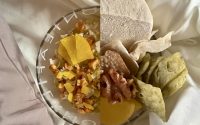Chemistry Of Lollipops
Making lollipop is not that easy. You need to concordant with Chemistry to finish one. Aside from that, the producer have to concentrate a lot because the candy may crystallize immediately without getting the right blend. But what is crystallization? Well, I think, we need to know, first, some helpful information from Chemistry.
Crystallization is the process of formation of solid crystals precipitating from a solution. It is the greatest opponent of making lollipop. Water and heat are needed to manipulate crystallization. But at the same, it is a goal in making lollipop but only after it is made perfectly. Here are the components of lollipops.
Nutritional Facts
- Calories
- Sodium
- Carbohydrates
- Sugar
Raw Materials
- Water
- Sugar
- Corn Syrup
- Flavorings
- Citric Acid
Procedure
Sugar Reaction – creates sugar syrup. Mix water and sugar in a beaker.
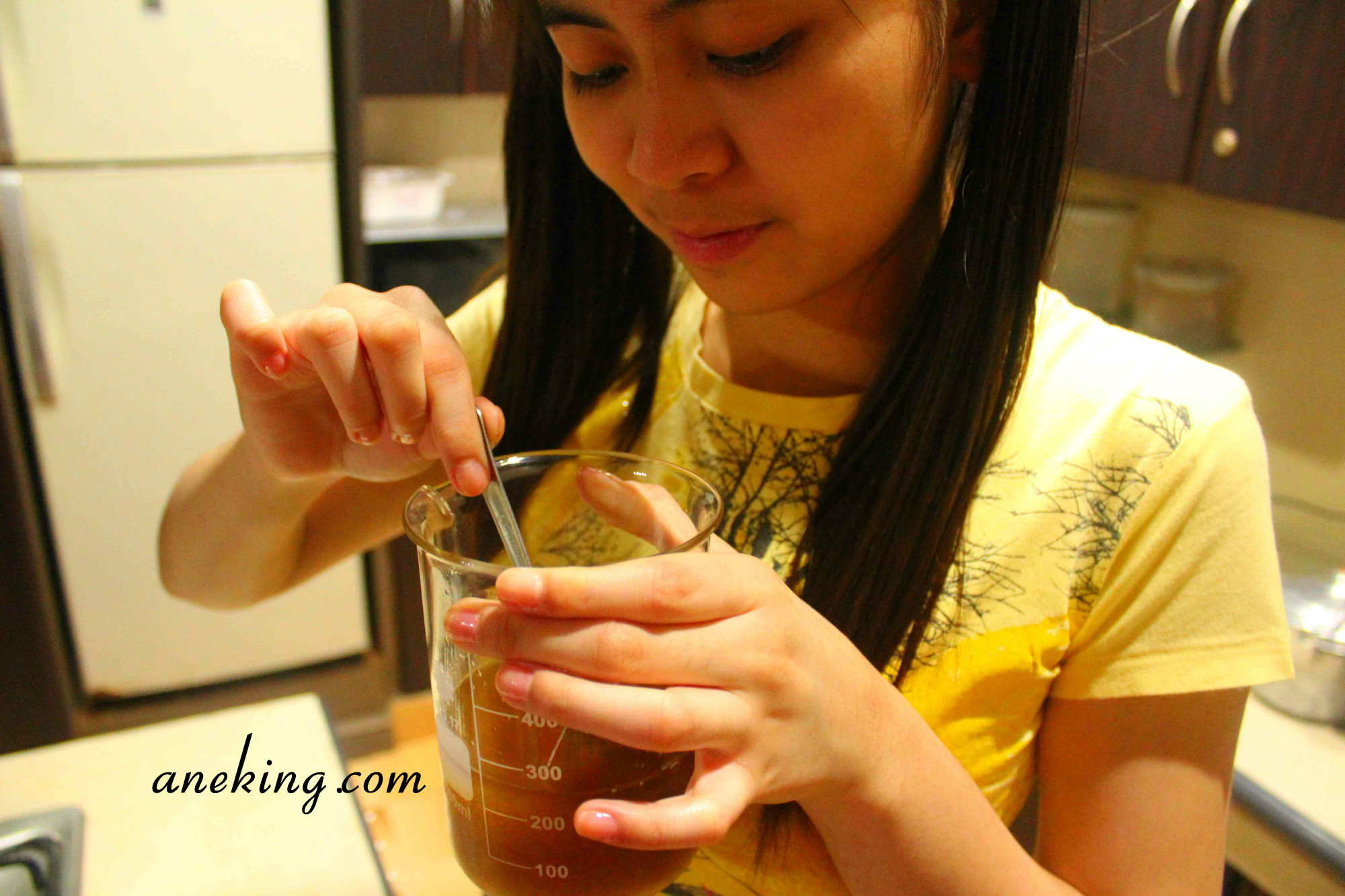
Boiling – controls crystallization. Boil the mixture from 100 degrees Celsius to 135 degrees Celsius. Stir the mixture to prevent from any burning.
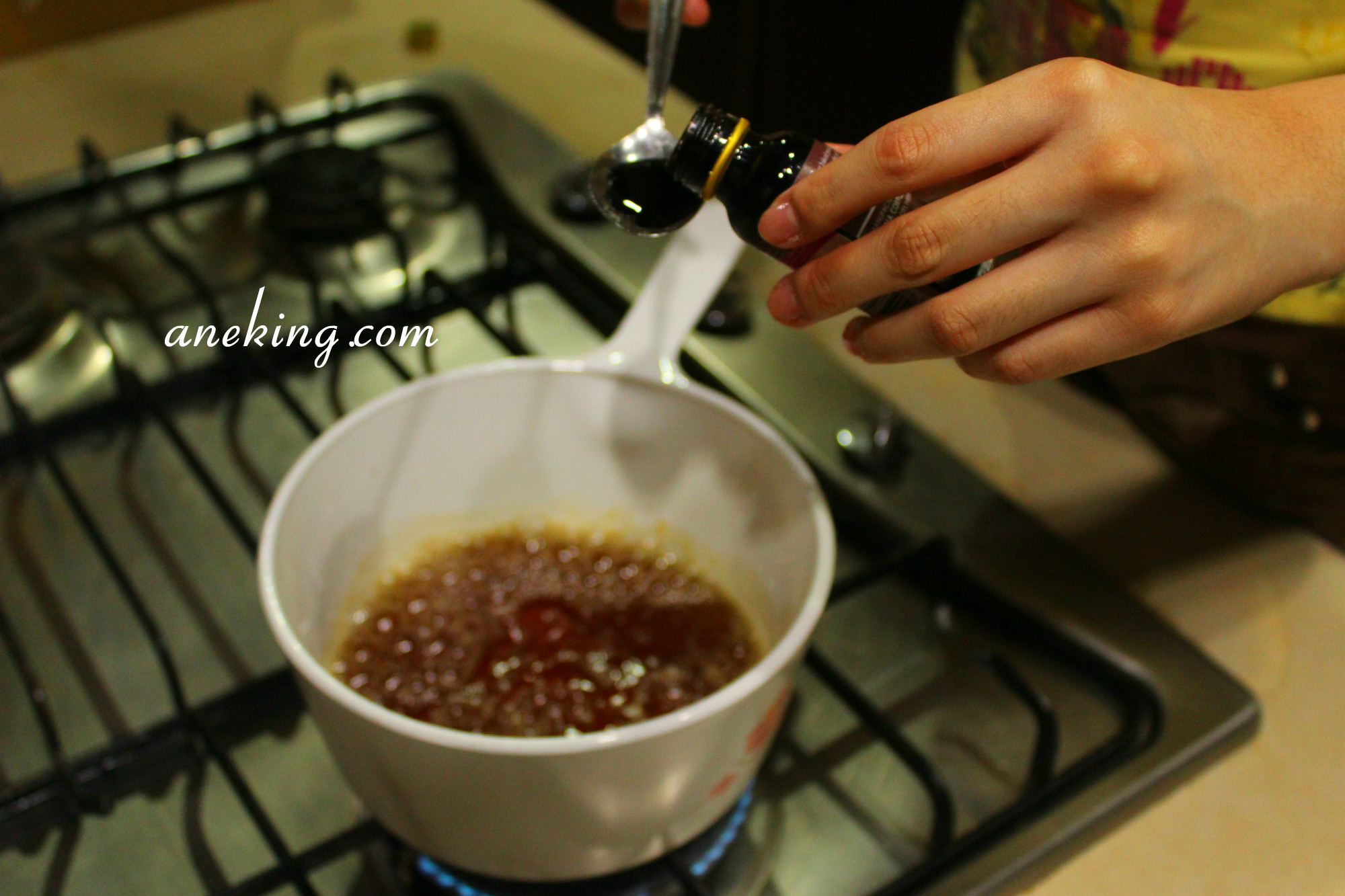
Food Flavoring and Food Coloring – adds desired flavor. As for me, I added flavocol, the combination of the two.
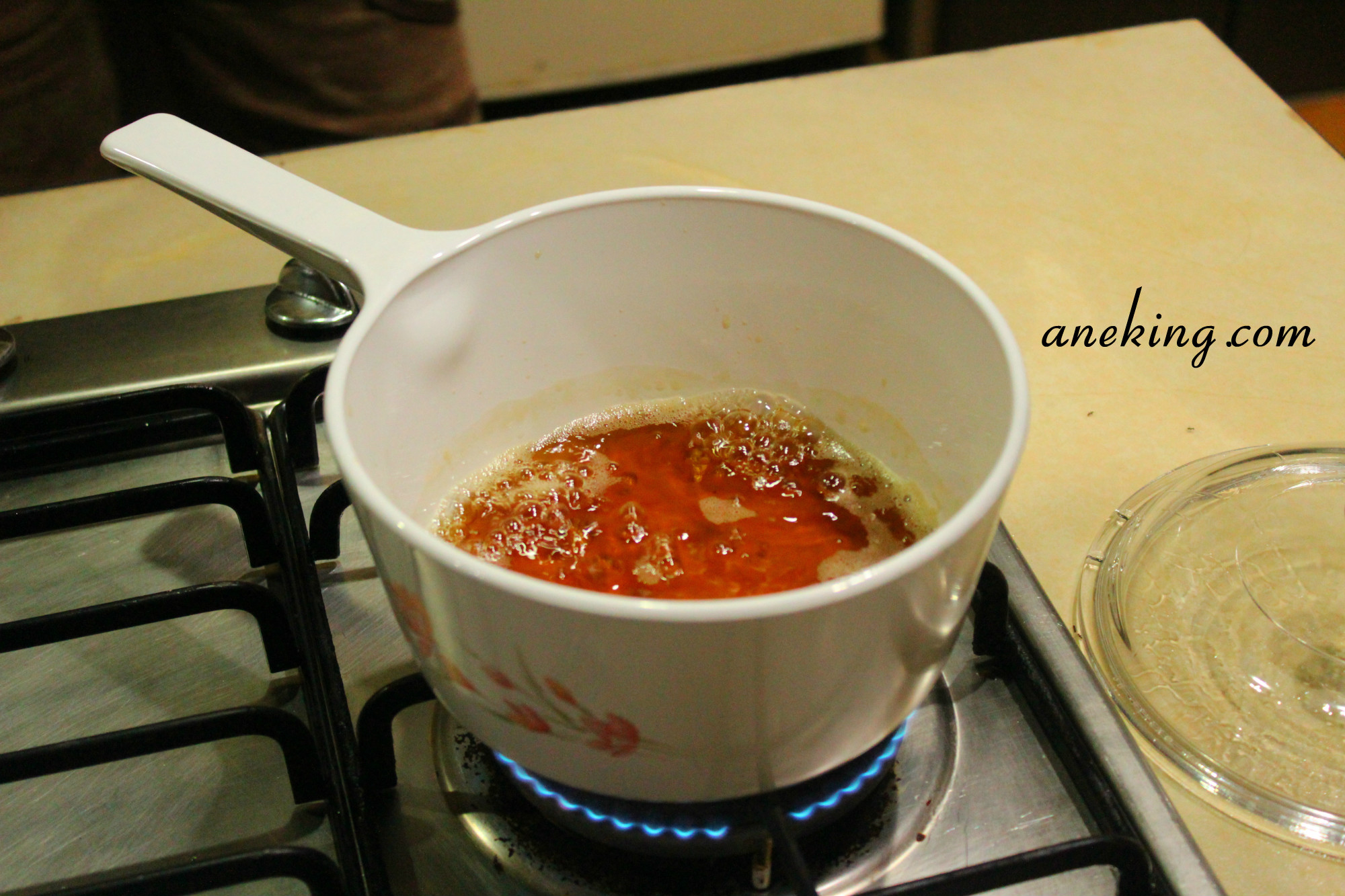
Acid Treatment – adds tartness to fruit-flavored candies. A teaspoon of acid treatment will do.
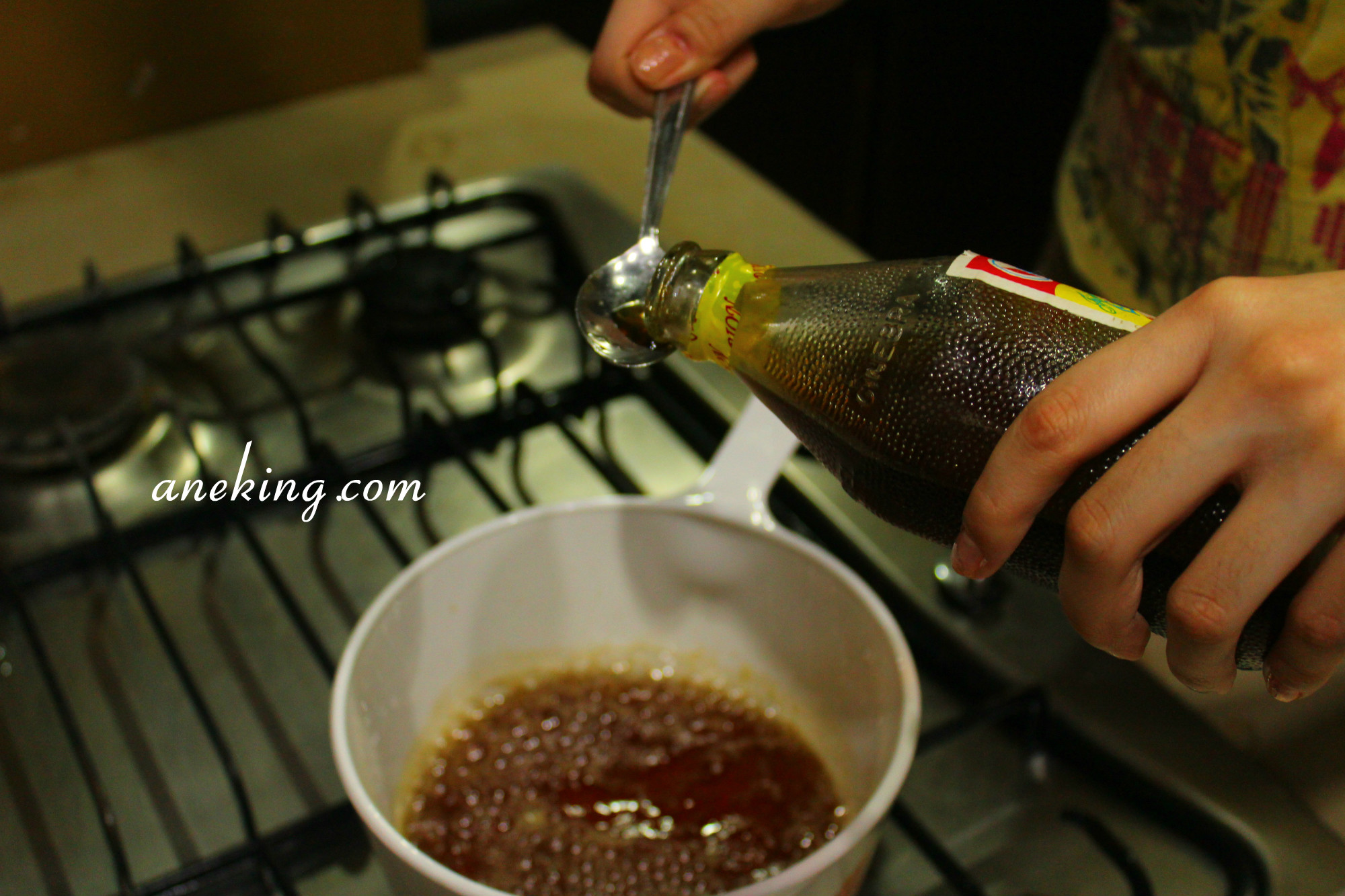
Crystallization – hardens the candy. Pour the mixture into candy molds and allow it to cool to room temperature.
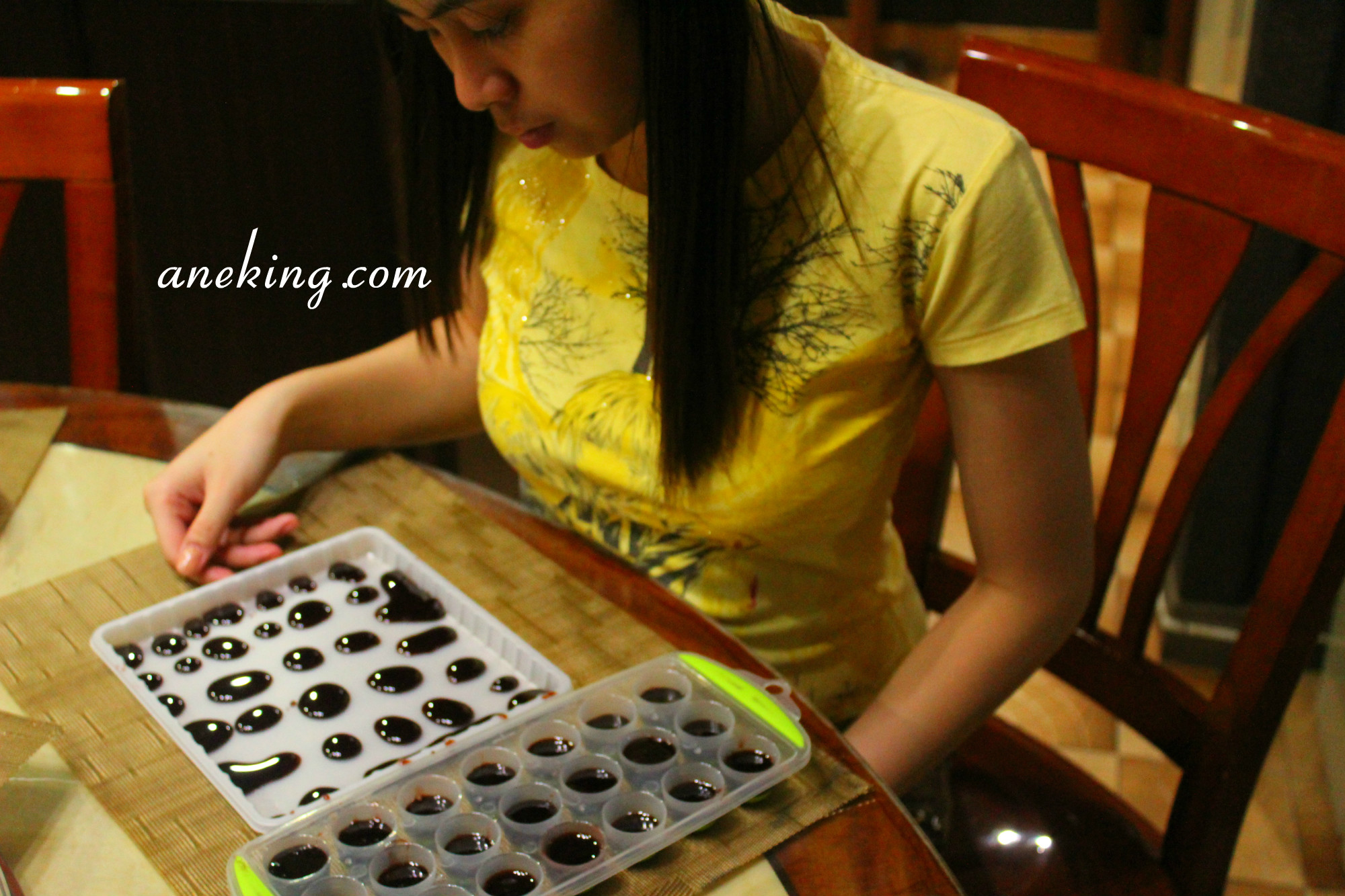
Chymist.com explains how it happens. They said that the addition of water to sugar, for candy making serves two purposes. One is to keep the sugar from charring upon heating. The second is to form a sugar syrup. The final concentration of the sugar in the syrup will determine the type of candy that results. At 113 degrees celsius sugar concentration is about 85%, this is suitable for making fudge. At 132 degrees celsius, the sugar concentration is about 90% and the syrup is suitable for making taffy. At 150C (300F), the sugar concentration is near 100% and the syrup is suitable for making hard candies and brittles.
I would like to thank Janecel Jamig and Jian Bagui for cooking with me.




